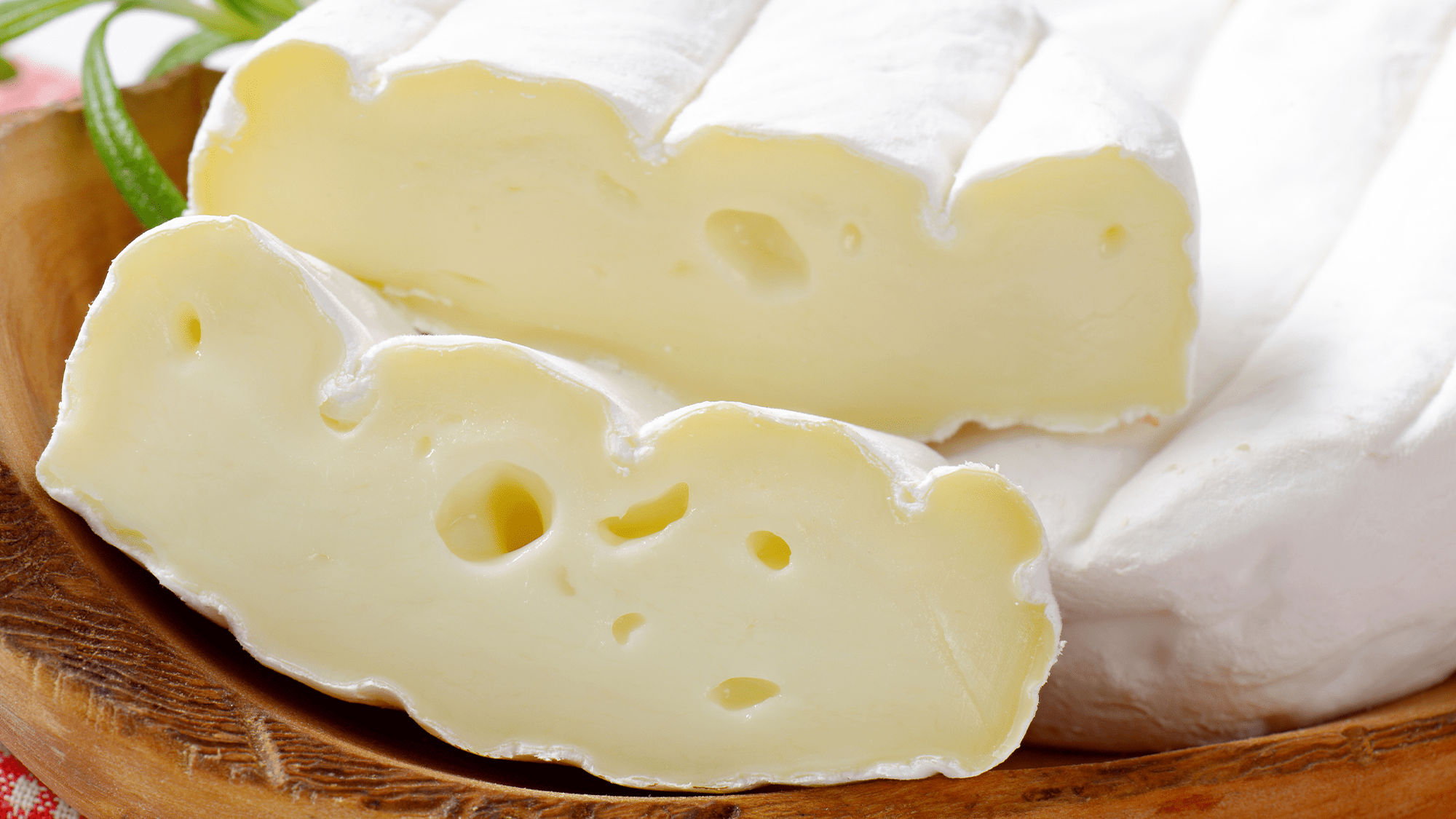

Behold the microscopic power of cheese. The dairy product has been a dietary staple for generations, but it is also helping microbiologists better understand nature’s microbiomes. In a study published May 10 in the journal mBio, a team of researchers used cheese rinds to demonstrate how fungal antibiotics can influence how microbiomes develop.
[Related: Beehives are the honeypot for a city’s microbial secrets.]
Metabolites produced by fungi can improve human health. Some secrete penicillin, which is then purified and used as an antibiotic. For this study, scientists set out to better understand how fungi interact with the microbes living alongside them in microbial communities, with a particular focus on how fungi and bacteria’s relationship.
“My lab is interested in how fungi shape the diversity of microbial communities where they live. Fungi are widespread in many microbial ecosystems, from soils to our own bodies, but we know much less about their diversity and roles in microbiomes compared to more widely studied bacteria,” co-author and Tufts University microbiologist Benjamin Wolfe said in a statement. “To study the ecology of fungi and their interactions with bacteria, we use cheese rinds as a model microbial ecosystem to understand these basic biology questions.
Cheese rinds themselves are microbial communities that form on the surfaces of naturally aged cheeses like brie, taleggio, and some types of cheddar. As the cheeses age, fuzzy and sometimes sticky layers of microbes form on the surfaces of the cheese. The microbes slowly decompose as the cheeses curd and they grow on the surface to create the aromas and colors that give the cheese in the fancy part of the grocery store their more unique properties.
Wolfe and his team began by investigating a cheesemaker’s problem with mold spreading on the surface of the cheeses and disrupting the normal development of the rind. This causes the cheese to look like the rinds were disappearing as the mold invaded their cheese cave. They collaborated with microbiologist Nancy Keller’s lab at the University of Wisconsin to find out what this mold was doing to the rind microbes and what chemicals the mold may be producing that disrupted the rind.
They researchers first deleted a gene (laeA) in the Penicillium mold that can control the expression of chemicals that fungi can secrete into their environment. These compounds are called specialized or secondary metabolites.
“We know that many fungi can produce metabolites that are antibiotics because we have used these as drugs for humans, but we know surprisingly little about how fungal antibiotics work in nature,” said Wolfe. “Do fungi actually use these compounds to kill other microbes? How do these antibiotics produced by fungi affect the development of bacterial communities? We added our normal and our laeA-deleted Penicillium to a community of cheese rind bacteria to see whether deleting laeA caused changes in how the community of bacteria developed.”
[Related: You might be overusing hand sanitizer.]
When laeA was deleted, most of the antibacterial activity of the Penicillium mold was lost. This discovery helped the team narrow down specific regions of the fungal genome that could produce antibacterial compounds. They narrowed it down to one class of compounds called pseurotins. The metabolites are produced by multiple types of fungi and that can modulate the immune system, kill insects, and inhibit bacteria.
The study showed that pseurotins can also control how bacterial communities living with that fungi grow and develop. The pseurotins are strongly antibacterial, which means they inhibit some of the bacteria found in artisanal cheeses including Staphylococcus, Brevibacterium, Brachybacterium, and Psychrobacter. This process caused a shift in the cheese rind microbiome’s composition.
It also shows that the antibiotics secreted by fungi can control how microbiomes develop, since the metabolites are in other ecosystems, including the human human microbiome and soil ecosystems. The team expects that these mechanisms of fungal-bacterial interactions are likely very widespread.
“Our results suggest that some pesky mold species in artisan cheeses may disrupt normal cheese development by deploying antibiotics,” said Wolfe. “These findings allow us to work with cheesemakers to identify which molds are the bad ones and how to manage them in their cheese caves. It also helps us appreciate that every time we eat artisan cheese, we are consuming the metabolites that microbes use to compete and cooperate in communities.”
